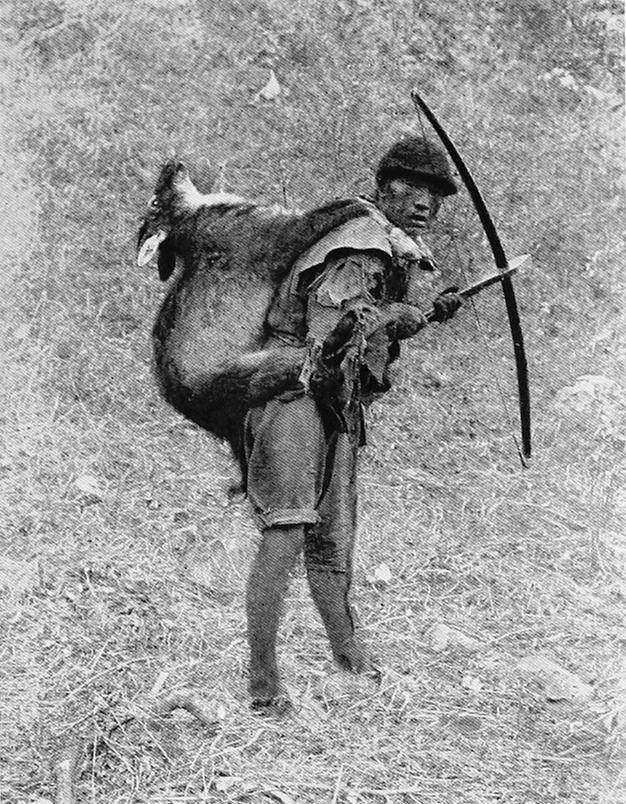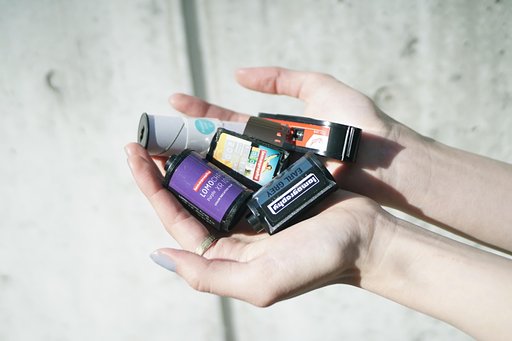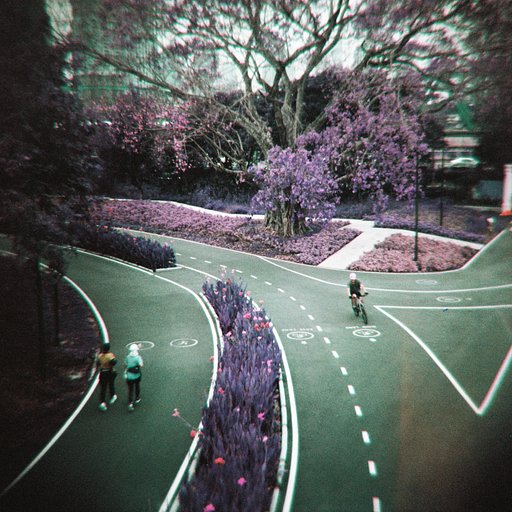Yvette Borup Andrews: Early Photography on Central Asia
1 9 Share TweetYvette Borup Andrews started the Central Asia expedition with her husband as a honeymoon, one funded by the American Museum of Natural History, the 'First Asiatic Zoological Expedition". This meant exploring the territories of China, Tibet, and Burma, led by her naturalist husband Roy Chapman Andrews, with her as the official photographer.
A part of American high society, Yvette, before marriage, often made American headliners for her glamorous parties and lifestyle. The wedding changed all of that as the expedition also opened her eyes and lens to the people and landscapes of Central Asia, an area in which remained minutely charted by the sciences. She photographed not only landscapes and animals (as the expedition was mainly about the fauna), she also focused on people -- their lifestyles, livelihood, their culture, with her describing them in anecdotes.
Andrews used many sets of equipment during the expedition — two 3A Kodaks, a Graphic 4 x 5 tripod camera, as well as a Graflex 4 x 5. The plates and negatives were developed at the site itself, with the use of a collapsible darkroom.
Yvette learned basics of photography from her father, then perfected her camera in her European studies. Her images in "Camps and Trails in China", her written "The Women of China", "Stalking Tibetans with a Camera", "Chinese New Year at Yung-Chang"_ had been aide memoirs to Roy., citing that without her, he wouldn't be able to create his own book.
Images are from Wikimedia Commons.
2018-02-25 #文化 #central-asia #photography-history #yvette-borup-andrews
























1 Comment